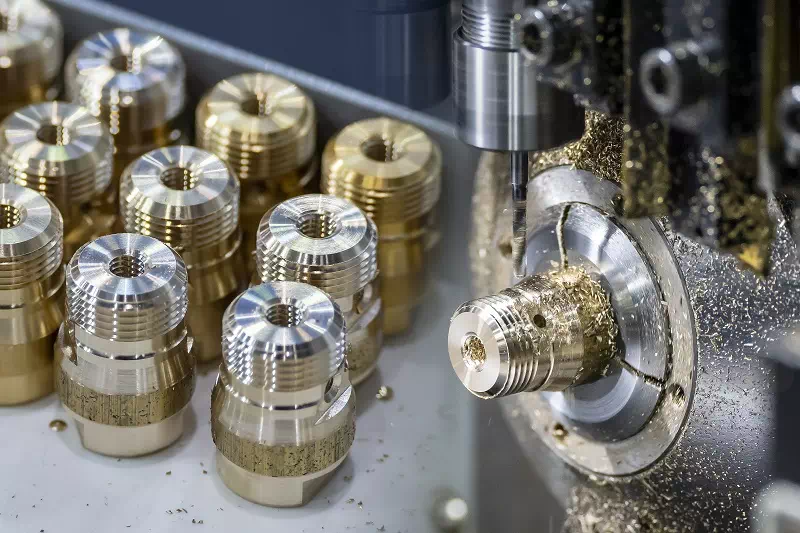What are the methods of thread forming?
Threads are, by definition, screw cuts on cylindrical or conical surfaces, external or internal. According to our dictionary PWN of the Polish language it is a spiral groove on the side wall of a screw, screw or on the inner wall of nuts. Complementary external and internal threads fit together in shape. How are threads formed?
The main division of thread shaping methods
There are two main methods of thread shaping - notching and chipless plastic processing, otherwise successively removing the material from the furrow area and plastic deformation of the material. For notching from the inside, the so-called taps are used, and to create external threads of the dies. These are the names of basic tools, but of course in production we use CNC machine tools that use properly selected cutters or turning knives. Plastic processing, on the other hand, is the use of rolling methods, for example using segmented rollers or flat jaws. It should be noted that plastic processing is more complicated - rolling is done many times.
Advantages of using CNC machine tools for thread forming
We naturally associate threads mainly with screws, nuts, screws, mass-produced fasteners with a very wide range of applications. CNC machining in a modern edition actually allows for mass production, but in the context of thread forming it is worth noting something else. This is exceptional accuracy - the essence of machine tools of this type is based on a fully computerized control system. CNC machines are extremely precise thanks to software regulation, the use of an automatic control system and sensors. Thanks to them, we can make elements - including threads - on the basis of the documentation provided or on the basis of a detail, using reverse engineering, i.e. reverse engineering. We can carefully examine an existing element to repeat it.





